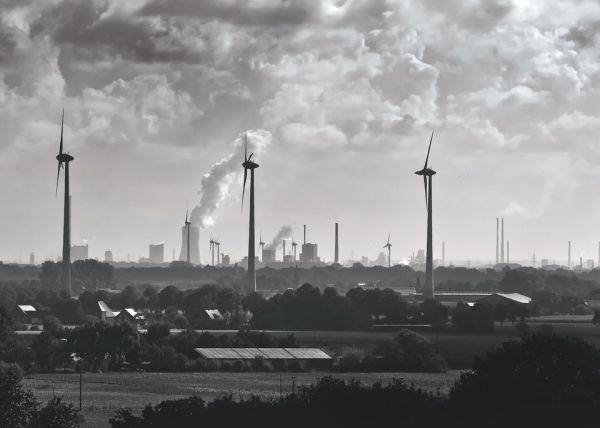A major greenhouse gas, CO2 produced from burning fossil fuels is still mostly released into the atmosphere, adding to the burden of global warming. One way to cut down on it is through a carbon capture: a chemical technique that removes CO2 out of emissions (“postcombustion”), preventing it from entering the atmosphere. The captured CO2 can then be either recycled or stored away in in gas or liquid form, a process known as sequestration.
Carbon capture can be done using so-called "high-performance membranes", which are polymer filters that can specifically pick out CO2 from a mix of gases, such as those coming out of a factory’s flue. These membranes are environmentally-friendly, they don't generate waste, they can intensify chemical processes, and can be used in a decentralized fashion. In fact, they are now considered as one of the most energy-efficient routes for reducing CO2 emissions.
Scientists led by Kumar Varoon Agrawal at EPFL Valais Wallis have now developed a new class of high-performance membranes that exceeds post-combustion capture targets by a significant margin. The membranes are based on single-layer-graphene with a selective layer thinner than 20 nm and are highly tunable in terms of chemistry, meaning that that can pave the way for next-generation high-performance membranes for several critical separations.
Read more at Ecole Polytechnique Fédérale De Lausanne
Photo credit: Foto-Rabe via Pixabay


